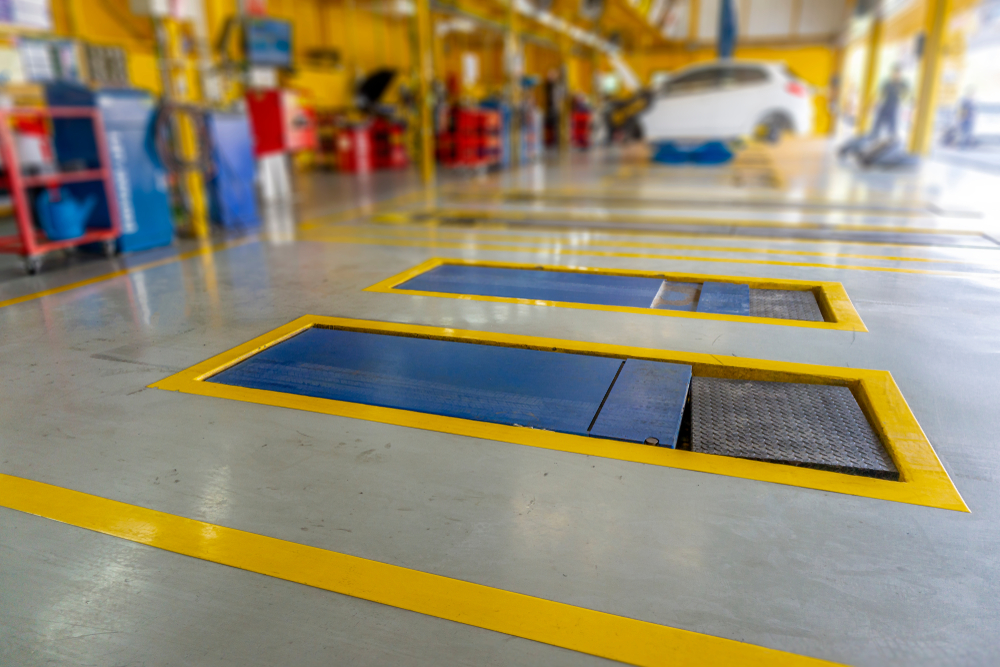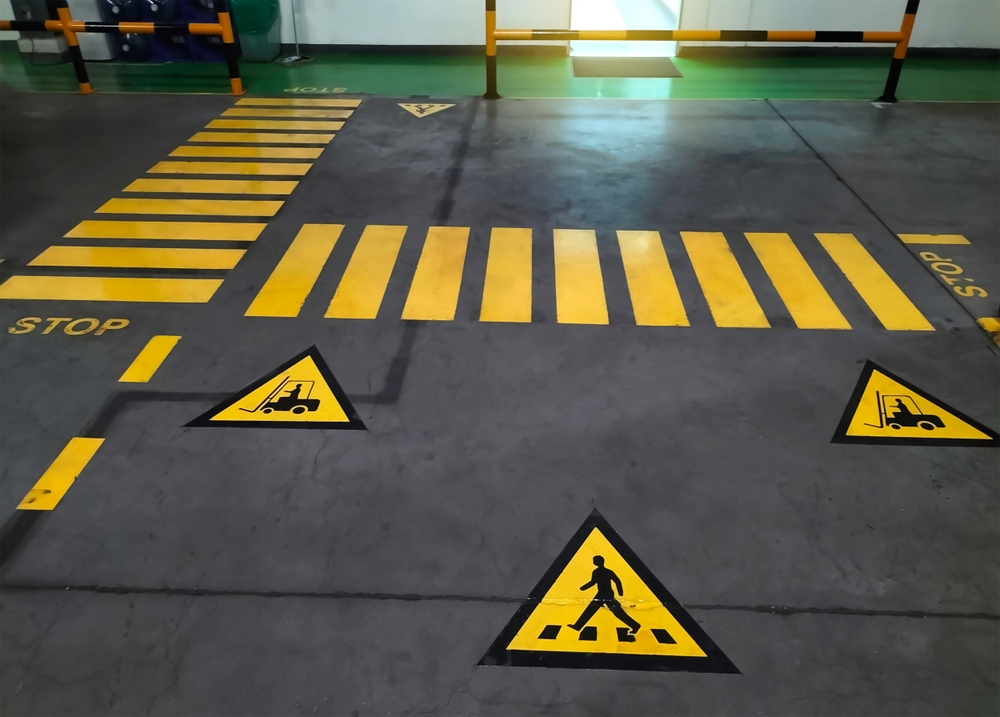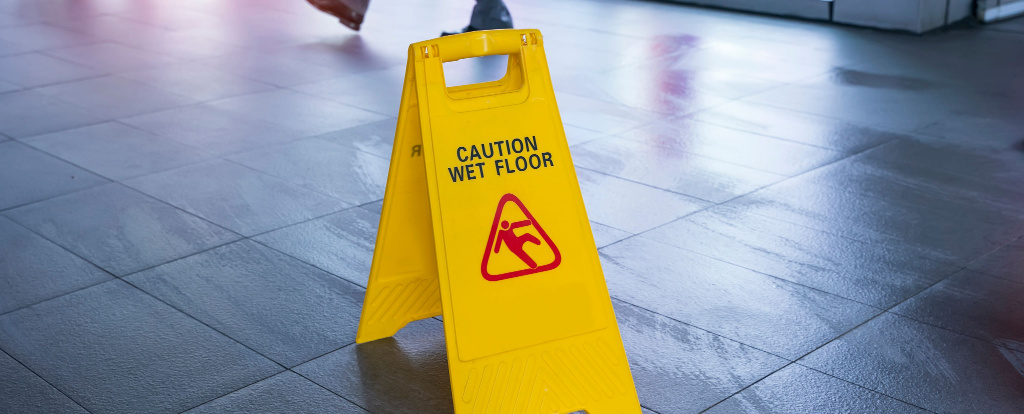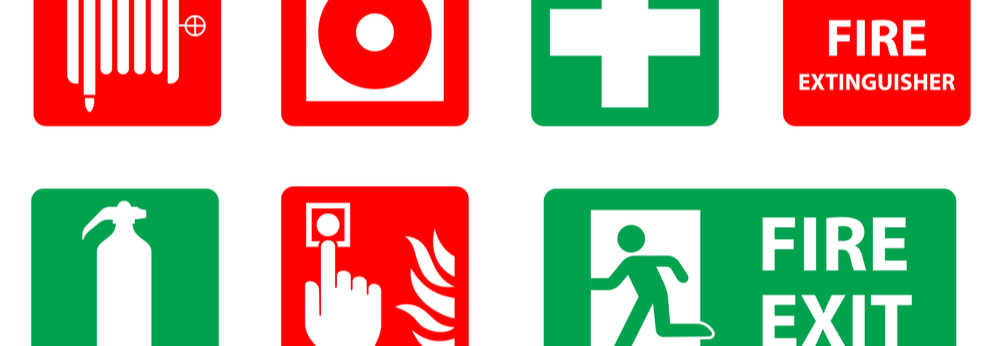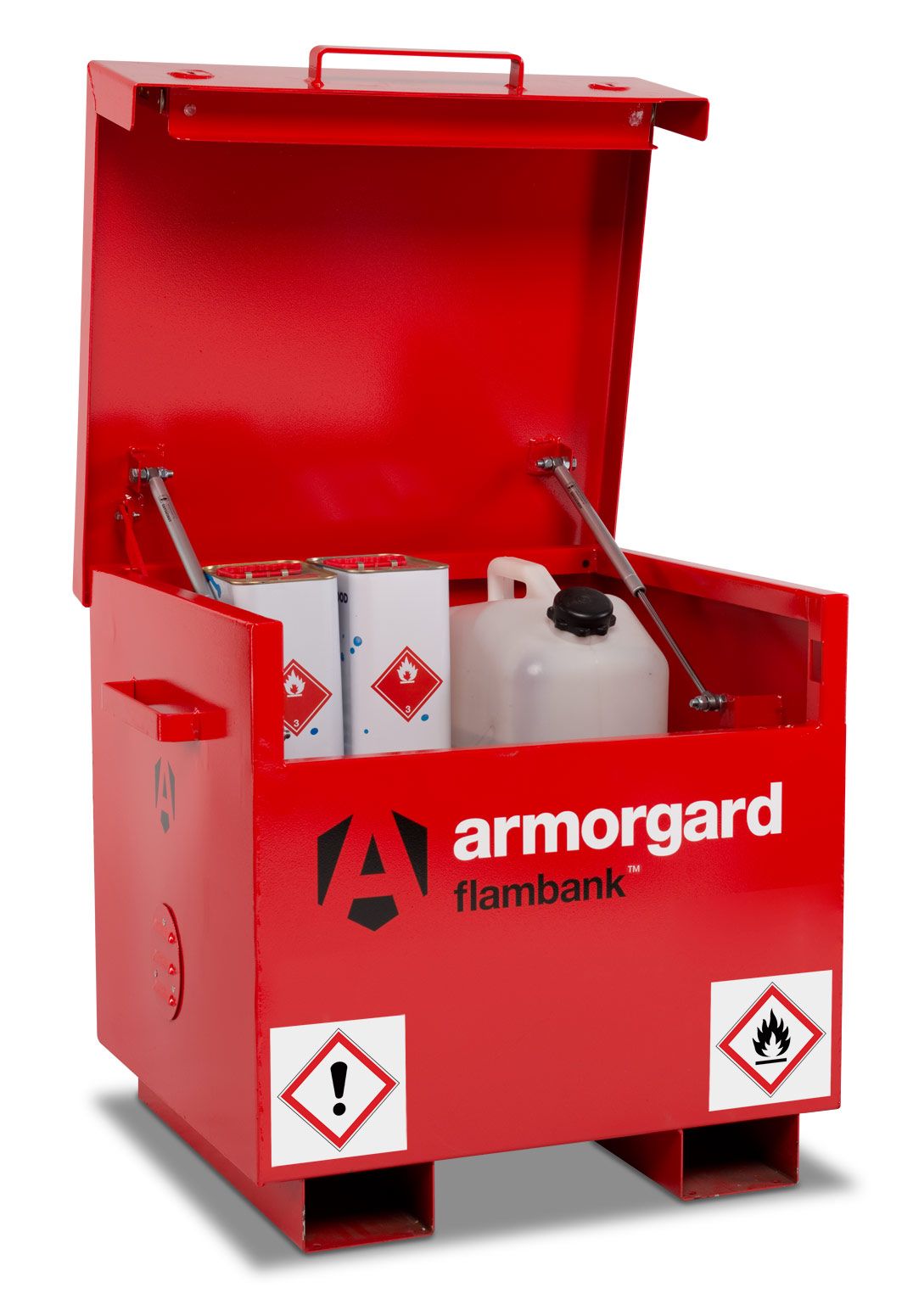In the following guide, SafetyBuyer explains how investing in good flooring and workplace safety can help employers to avoid these costs, and ultimately see a vital return on investment (ROI). Doing so is a win-win for both employers and the people who occupy their workplaces.
Preventing Workplace Accidents by Prioritising Floor Safety Solutions
- By Kevin Rowe
- 26 Jan 2024
 Over 12,000
Over 12,000  Simple no quibble
Simple no quibble  Prompt dispatch &
Prompt dispatch &  UK Mainland Delivery
UK Mainland Delivery 